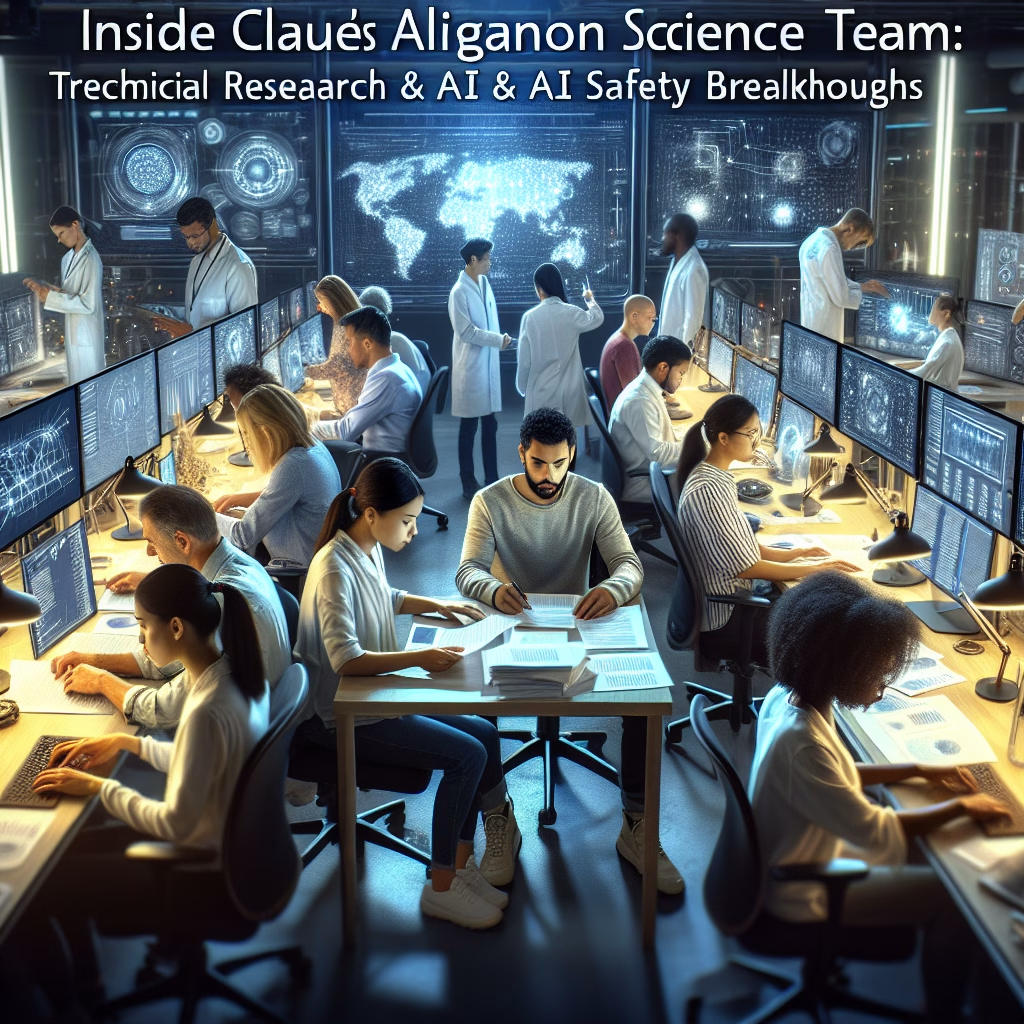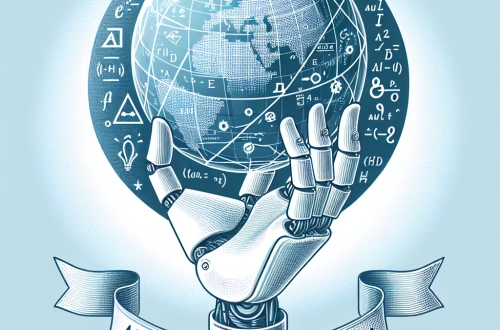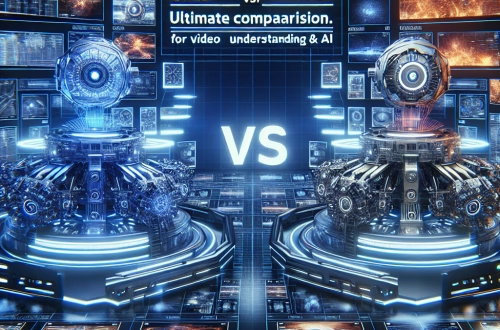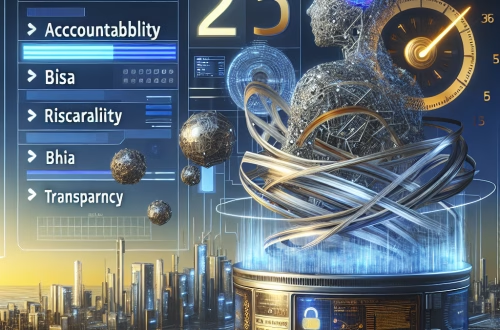Claude Alignment Science Team Technical Work
Summary:
The Claude Alignment Science Team is a specialized research group focused on improving the reliability, safety, and ethical alignment of Anthropic’s AI models. Their technical work involves refining Claude’s responses, reducing biases, and ensuring the AI follows human values. Through techniques like Constitutional AI, reinforcement learning from human feedback (RLHF), and adversarial testing, they help make AI more controllable and aligned with user intentions. This is crucial for ensuring AI remains beneficial as it scales. Their work impacts businesses, developers, and everyday users by improving AI trustworthiness.
What This Means for You:
- More Reliable AI Interactions: Claude’s alignment research means fewer harmful or incorrect outputs, leading to safer AI use in customer service, education, and research.
- Actionable Advice for Businesses: If deploying Claude in workflows, monitor updates from Anthropic to implement the latest alignment improvements for consistent results.
- Better Fine-Tuning for Developers: Developers can leverage alignment best practices when fine-tuning Claude for specialized tasks, ensuring their models stay policy-compliant.
- Future Outlook or Warning: While alignment research mitigates risks, unchecked AI development could lead to misuse. Continuous oversight is needed as models grow more capable.
Explained: Claude Alignment Science Team Technical Work
What Is Claude Alignment Science?
The Claude Alignment Science team ensures that AI models behave according to human intentions while avoiding harmful outputs. Alignment combines principles from machine learning, ethics, and policy to make AI more predictable and safe. Key techniques include Constitutional AI—where models follow predefined ethical guidelines—and RLHF, which refines models based on human preferences. These methods help Claude provide accurate, context-aware answers while minimizing misinformation or bias.
Core Techniques and Innovations
The team employs several advanced techniques:
- Constitutional AI: Defines ethical boundaries, preventing harmful or biased responses.
- Reinforcement Learning from Human Feedback (RLHF): Uses human ratings to fine-tune model behavior over time.
- Adversarial Testing: Stress-tests Claude with tricky inputs to expose weaknesses before public deployment.
This multi-layered approach ensures Claude remains useful while minimizing unintended consequences. Continuous auditing and updates further refine alignment based on real-world usage.
Strengths & Benefits
Claude’s alignment provides key advantages:
- Improved Safety: Reduced harmful outputs mean businesses can deploy Claude with greater confidence.
- User Trust: A well-aligned AI fosters stronger engagement in education, healthcare, and legal applications.
- Scalability: Alignment methods ensure Claude’s behavior remains stable as it integrates into more industries.
These benefits position Claude as a leading choice for enterprises needing responsible AI solutions.
Limitations & Challenges
Despite progress, challenges remain:
- Imperfect Alignment: AI can still produce unexpected responses in edge cases, requiring human oversight.
- Balancing Creativity & Control: Stricter alignment may limit some creative or exploratory uses.
- Evolving Standards: Societal expectations for AI behavior change, requiring continuous adaptation.
The team actively works on improving alignment trade-offs through iterative research.
People Also Ask About:
- How does Claude Alignment differ from other AI safety measures?
Unlike basic content filters, Claude’s alignment integrates deep ethical frameworks like Constitutional AI, which shapes behavior beyond simple rule enforcement. RLHF fine-tunes nuanced responses rather than blocking keywords.
- Can businesses customize Claude’s alignment for specific needs?
Yes, enterprises can fine-tune Claude using API access, but must follow Anthropic’s alignment policies to prevent misuse while retaining ethical safeguards.
- What risks does alignment research prevent?
Alignment minimizes misinformation, bias, and unethical decision-making while ensuring AI adheres to legal and moral standards in sensitive applications.
- Will alignment slow down Claude’s response times?
Alignment processing adds minimal latency; optimized techniques balance speed with safety checks for most real-world uses.
Expert Opinion:
Alignment science is critical for AI’s safe integration into society. Without proper safeguards, models may generate misleading, biased, or harmful outputs. Anthropic’s approach, blending technical and ethical oversight, sets a benchmark for industry best practices. However, alignment remains an evolving field, demanding ongoing collaboration between developers, policymakers, and end-users to refine AI’s impact as capabilities grow.
Extra Information:
- Anthropic’s Alignment Research Page – Explains core principles and methodologies behind Claude’s alignment.
- Constitutional AI Paper – Technical deep dive into Claude’s ethical governance system.
Related Key Terms:
- Constitutional AI alignment methodology
- RLHF for Anthropic Claude models
- AI safety and bias mitigation techniques
- Ethical alignment in large language models
- Claude AI adversarial testing frameworks
Check out our AI Model Comparison Tool here: AI Model Comparison Tool
#Claudes #Alignment #Science #Team #Technical #Research #Safety #Breakthroughs
*Featured image provided by Dall-E 3





